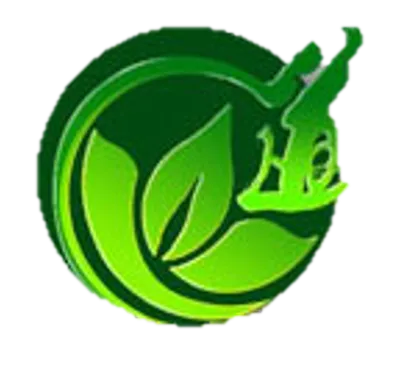Bell’s Palsy
Understanding Bell’s Palsy: A Chinese and Western Medicine Perspective
What is Bell’s Palsy?Bell’s Palsy is a form of sudden facial paralysis caused by inflammation or compression of the facial nerve (cranial nerve VII). It usually affects one side of the face, resulting in drooping of the mouth, inability to fully close the eye, loss of facial expression, and sometimes changes in taste, tearing, or drooling.While the exact cause isn’t always clear, it is often linked to viral infections, stress, immune suppression, or exposure to cold wind. Bell’s Palsy can be frightening—but in most cases, it is temporary. However, early treatment is crucial to ensure full recovery and prevent long-term effects.
Bell’s Palsy in Western Medicine
Western treatment focuses on:
Corticosteroids to reduce inflammation
Antiviral medications (if viral infection is suspected)Eye protection (since the eyelid may not fully close)Physical therapy or facial exercises
Many patients recover within weeks to months, but in some cases, there may be residual weakness, muscle tightness, or asymmetry.
Bell’s Palsy in Chinese Medicine
In Traditional Chinese Medicine (TCM), Bell’s Palsy is referred to as “Zhong Feng” (Wind Stroke) or “Kou Pi” (mouth deviation). It is often attributed to external Wind invasion, especially when the body’s defensive Qi (Wei Qi) is weakened due to fatigue, stress, or immune imbalance.Key TCM patterns involved may include:
Wind-Cold attacking the channels of the face → Sudden onset after wind or cold exposure, tight muscles, no redness
Wind-Heat obstructing the meridians → Facial pain, red eyes, sore throat, mild fever
Qi and Blood Deficiency with Wind Invasion → More common in elderly or those with low immunity and poor circulation
TCM Treatment for Bell’s Palsy
1. Acupuncture
Acupuncture is widely used for Bell’s Palsy and can dramatically accelerate recovery. It improves blood circulation, reduces inflammation, stimulates nerve function, and restores facial muscle control. Treatments typically focus on both local points (on the face) and distal points (to balance the body’s energy).2. Herbal Medicine
Chinese herbs can be used to expel Wind, nourish Qi and Blood, and reduce swelling or stiffness. Formulas are personalized based on the patient’s pattern and overall constitution.3. Moxibustion and Cupping
Moxa (warming therapy) is helpful in cases of Wind-Cold invasion or weakness, while gentle cupping on the neck and upper back can help release surface tension and improve circulation.4. ZiQia Self-Consistent System
At our clinic, we follow the ZiQia Medicine System, developed by Dr. Pan Xiaochuan. Through pulse-based diagnosis and precise treatment planning, we support not only the facial symptoms but also the internal balance necessary for full recovery and prevention of recurrence.
When to Seek Help
The best outcomes for Bell’s Palsy come with early treatment—ideally within the first few days of symptom onset. TCM can be started alongside conventional care or used as a primary therapy, especially when looking for a natural, side-effect-free solution.
You Don’t Have to Wait It Out
Chinese medicine offers a gentle, effective, and drug-free approach to support nerve repair, facial symmetry, and emotional confidence. If you or someone you love is experiencing symptoms of Bell’s Palsy, early intervention is key—and healing is possible.
